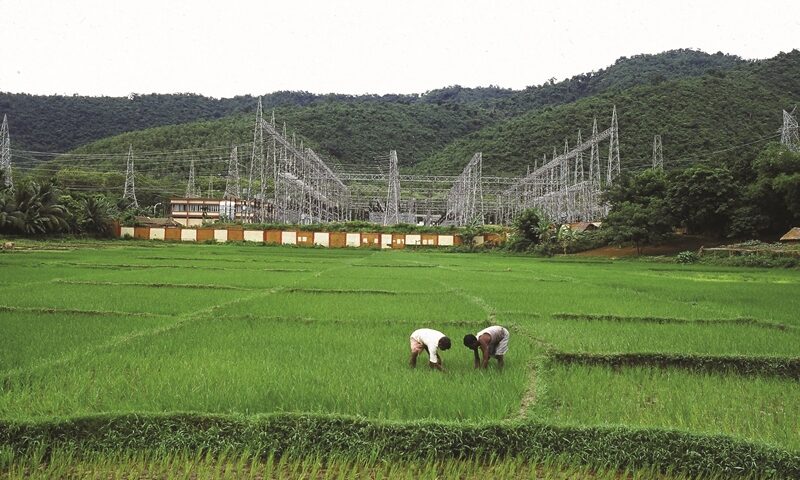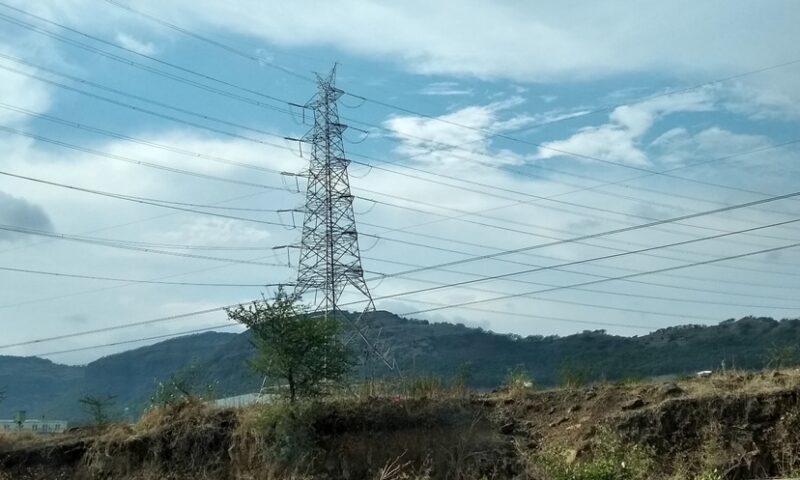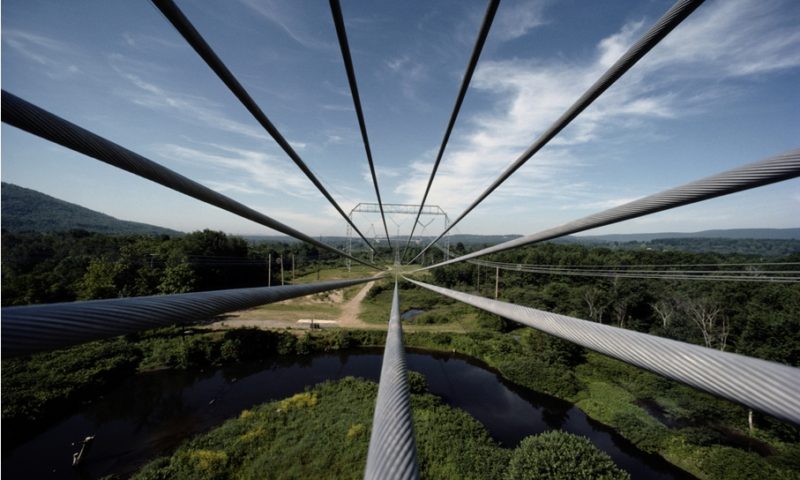Vibrant times for interstate transmission system
The current fiscal year, and in particular the past two months, has seen much buoyancy in the interstate transmission system (ISTS) network expansion, under the tariff-based competitive bidding (TBCB) mode.
In the first five months of FY25, a record number of 13 schemes were formally awarded to successful developers. At least four more ISTS-TBCB schemes are likely to come up for award in the coming weeks. Going by the robust bidding pipeline, it strongly appears that FY25 will record the maximum activity in the ISTS-TBCB space – not just in terms of schemes awarded but also in terms of aggregate estimated cost.
In FY24, around 23 ISTS schemes envisaged total outlay of around Rs.45,000 crore were formally transferred to their successful bidders chosen under the TBCB modality.
There have been some radical shifts in the ISTS-TBCB market this year. In FY24 and in the 2-3 preceding years, much of the ISTS schemes awarded under the TBCB route pertained to evacuation of renewable energy (RE), predominantly from Gujarat and Rajasthan. On the other hand, in FY25, while RE evacuation would be the bedrock of the ISTS-TBCB edifice, there would be sprinklings of unprecedented activities like RE evacuation for green hydrogen/ammonia projects, RE transmission for feeding pumped storage schemes, evacuation of nuclear power generation, etc.
More significantly, India’s maiden project for evacuation from offshore wind farms in Gujarat and Tamil Nadu, is likely to be awarded towards the end of FY25. However, this would not be on TBCB basis but under the regulated tariff mechanism (RTM), awarded to Power Grid Corporation of India Ltd (PGCIL). Nevertheless, future schemes for offshore wind energy transmission might fall under the TBCB philosophy, based on learning derived from the initial projects.
Another striking feature of the ISTS-TBCB market is the growing diversity of the developer base. While PGCIL is seen retaining its traditional market share of 50-60 per cent, the remaining market is well distributed between medium and large private entities. It is also worth observing that well-established private power utilities like Tata Power and Torrent Power are actively participating in the bidding process, and have even recorded their first wins. Entities like Techo Electric, Apraava Energy and G R Infraprojects are also making their presence felt in the ISTS development space. It is noteworthy that today the developer base of under-construction ISTS-TBCB projects comprises around 12 players, which is by far the largest seen so far.
While the TBCB philosophy is working well for ISTS development, it must be strongly encouraged at the intrastate level as well. Despite the criticism that TBCB modality might have attracted, it has by now earned a 14-plus year track record of projects commissioned in a cost-effective and time-bound manner.
The author of this article, Venugopal Pillai, is Editor, T&D India. He can be reached on venugopal.pillai@tndindia.com. Views are personal.








